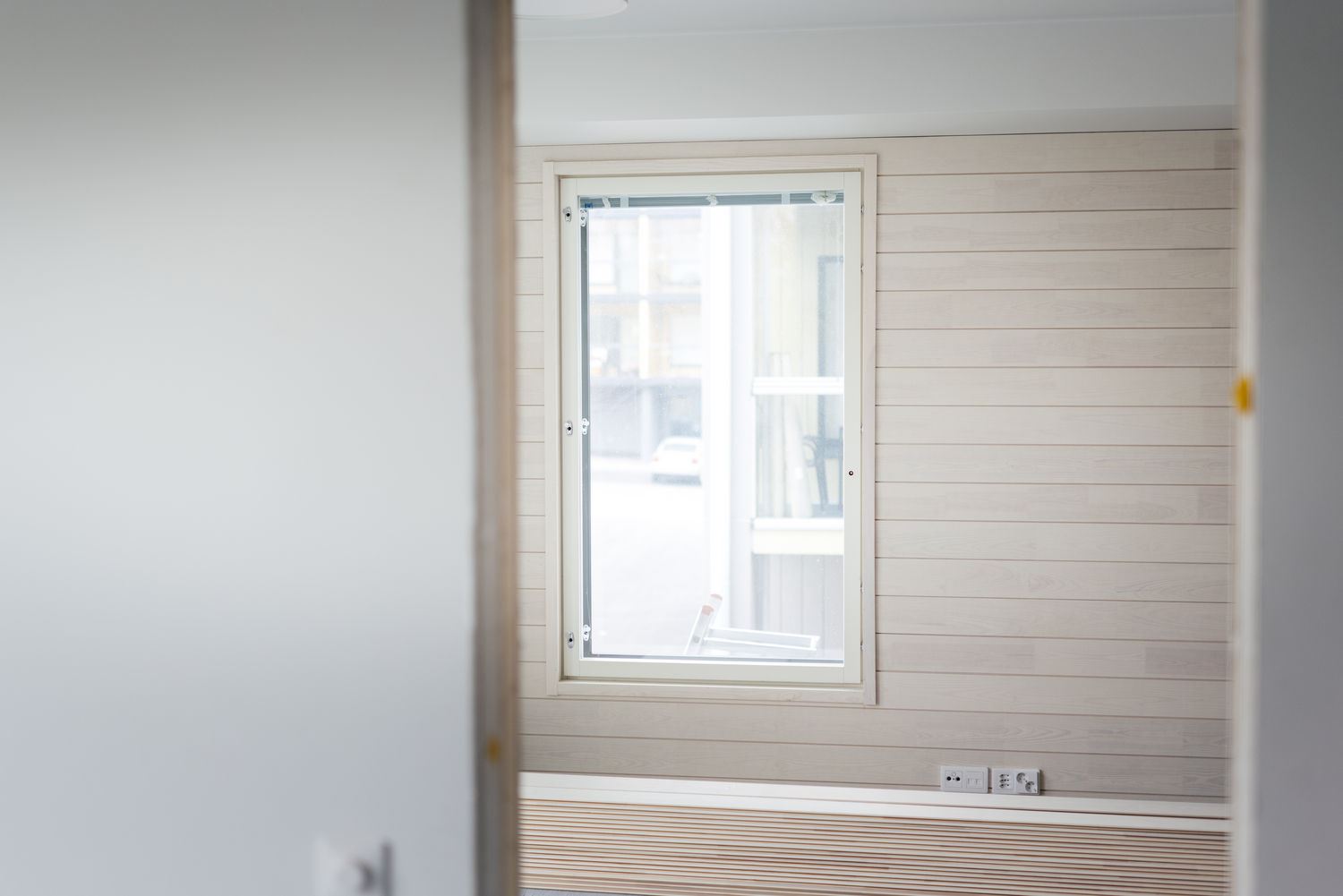Sustainable data centers as a service
- Construction
- Sustainability
- 11/15/2021
Wood good, concrete bad?

YIT has recognised that CO2 emission reduction targets influence consumer behaviour: eco-friendliness is an increasingly important criterion for people when choosing an apartment. In the property life-cycle, the most significant emissions are typically associated with energy consumption during the building’s use and the production of construction materials. Apartment buyers are interested in the life-cycle emissions and costs of the apartment as well as low-emission materials, which motivates construction companies to move towards lower-carbon buildings.
Wood is usually seen as a better and more sustainable construction material than concrete.
“Things are actually not quite so black and white,” says Elina Virolainen, the Development Manager in charge of YIT’s Green Growth development programme.
Looking at the emissions caused by the production of both materials, concrete has higher emissions. However, there are still certain deficiencies in the calculation of the carbon footprint of timber-based materials, such as their impact on carbon sinks. A lot more research needs to be done on both types of construction.
Virolainen points out that both timber-based and concrete construction are necessary. Wood can never fully replace concrete in applications such as infrastructure construction, foundation work and underwater structures, for example. The emissions associated with concrete have been successfully reduced during the past few years.
“Making the concrete production process more environmentally friendly is clearly an area of development. A lot of progress has already been made on that front,” Virolainen concludes.



